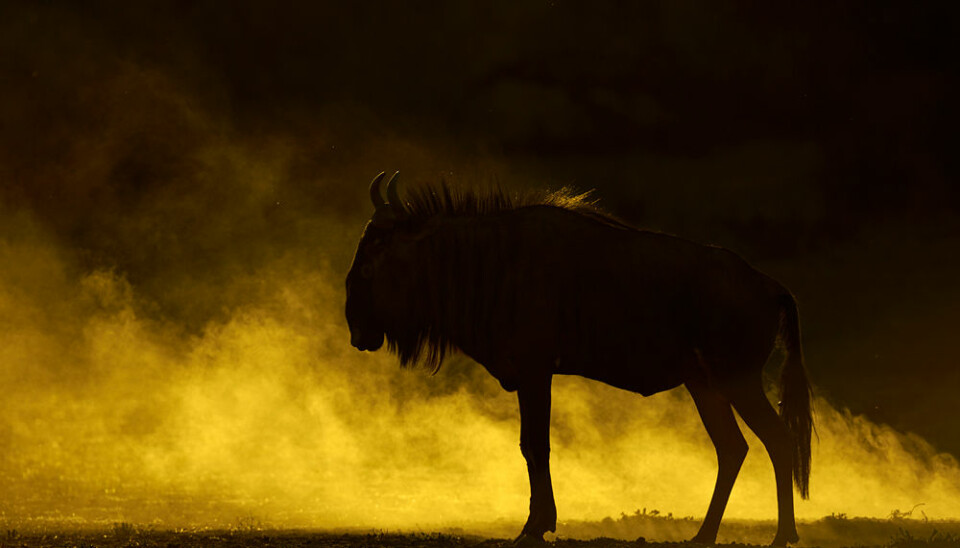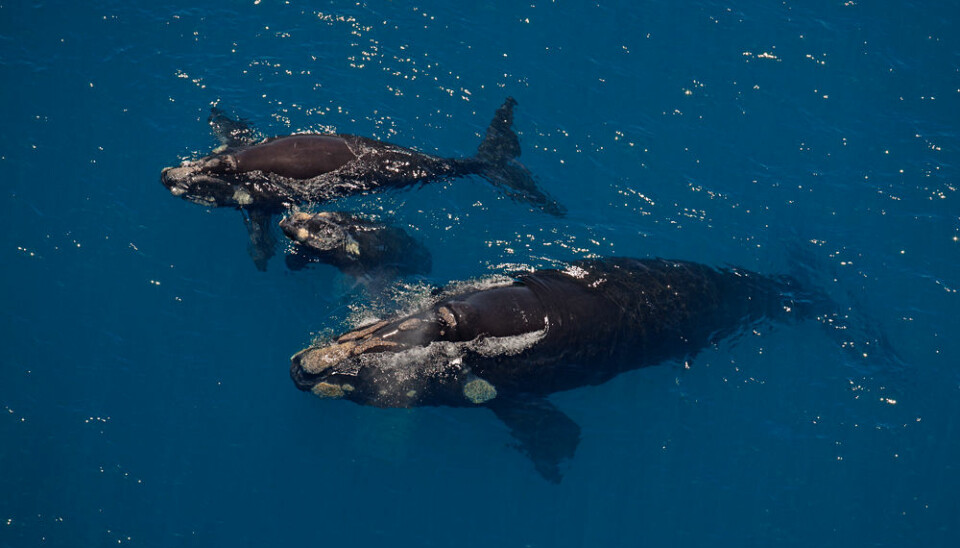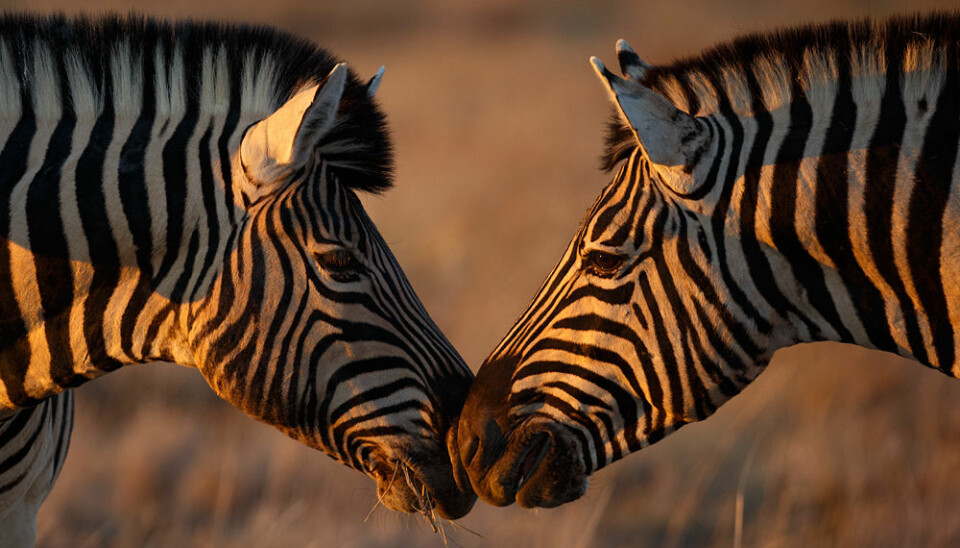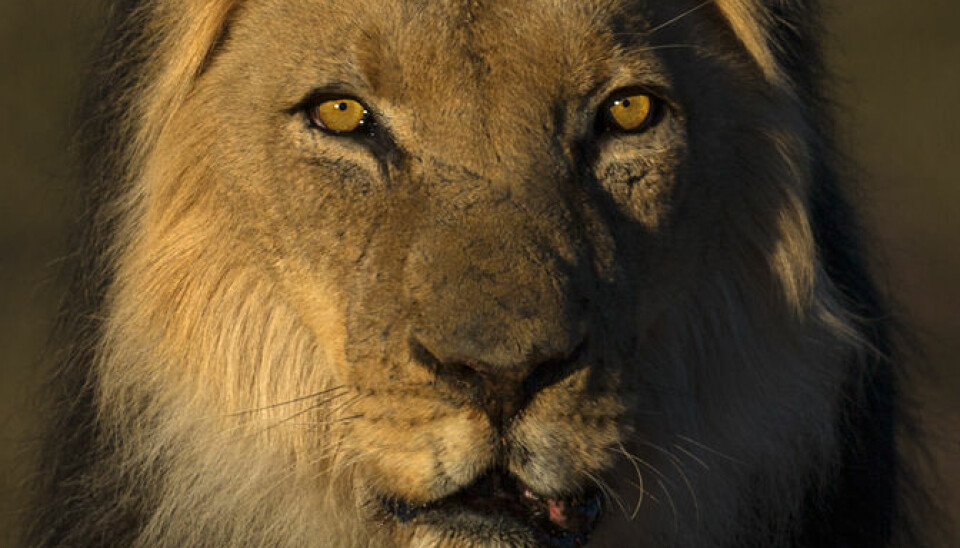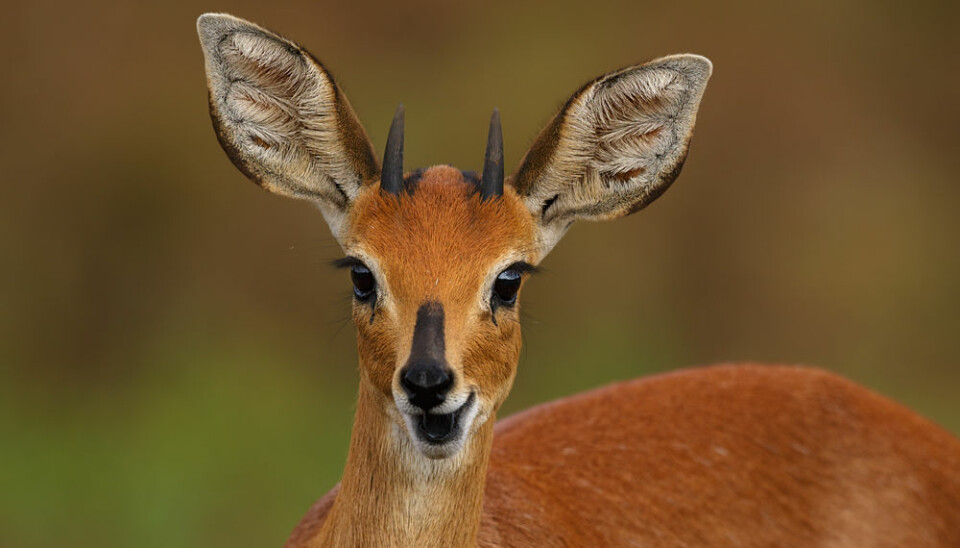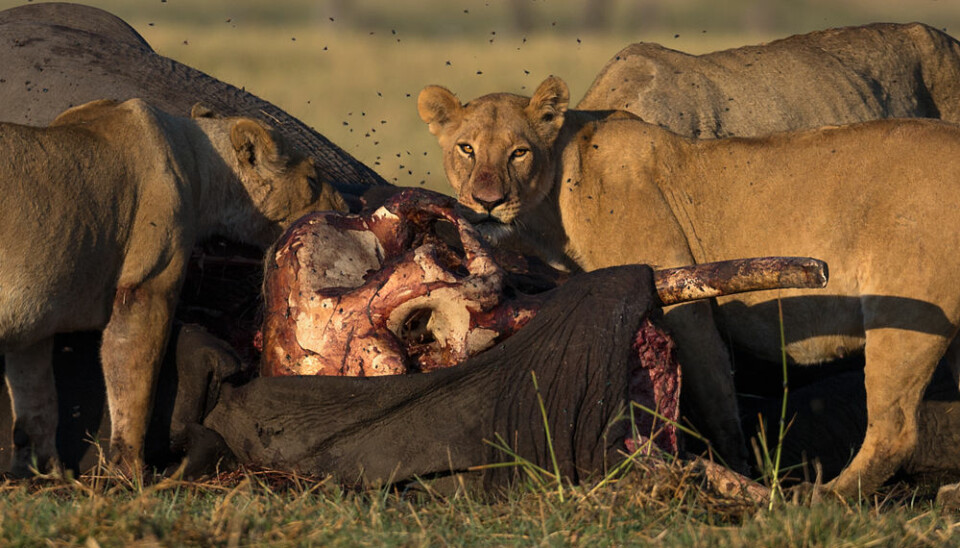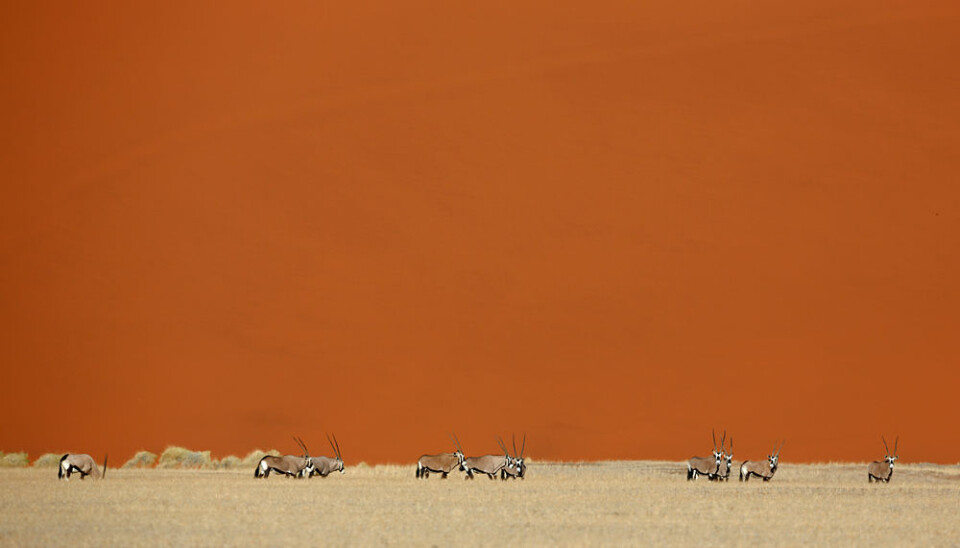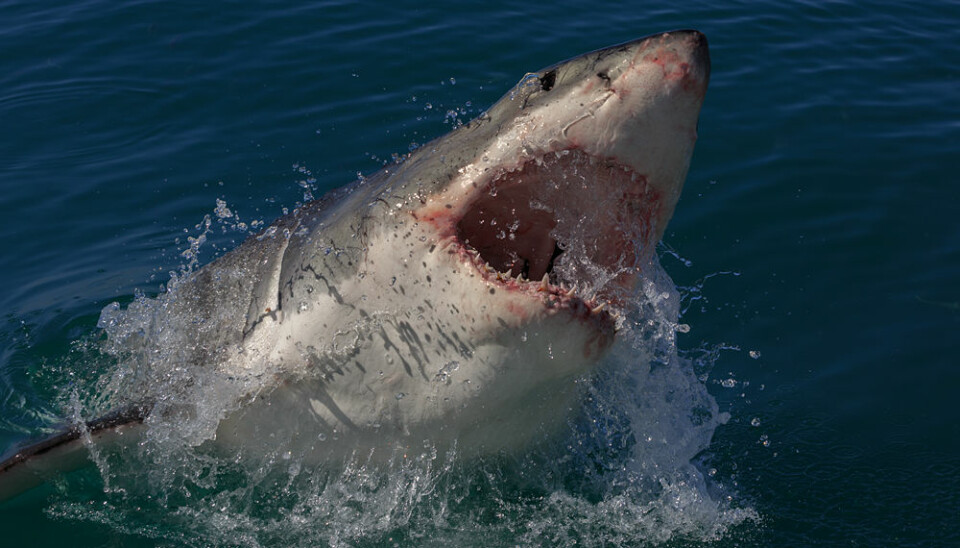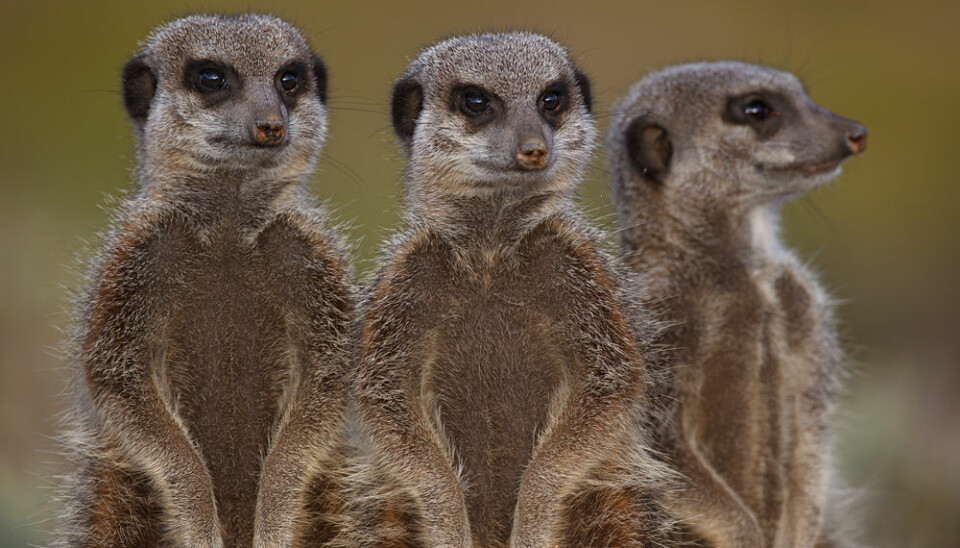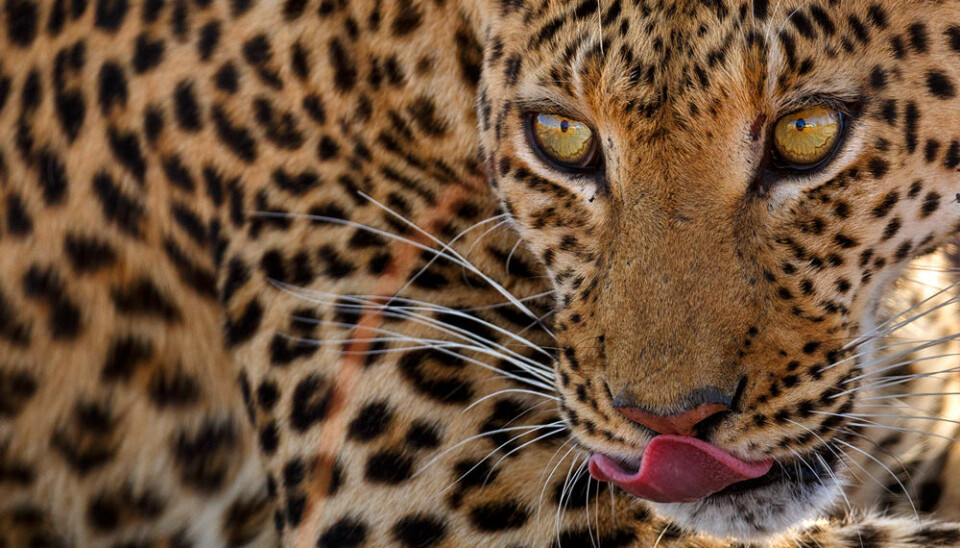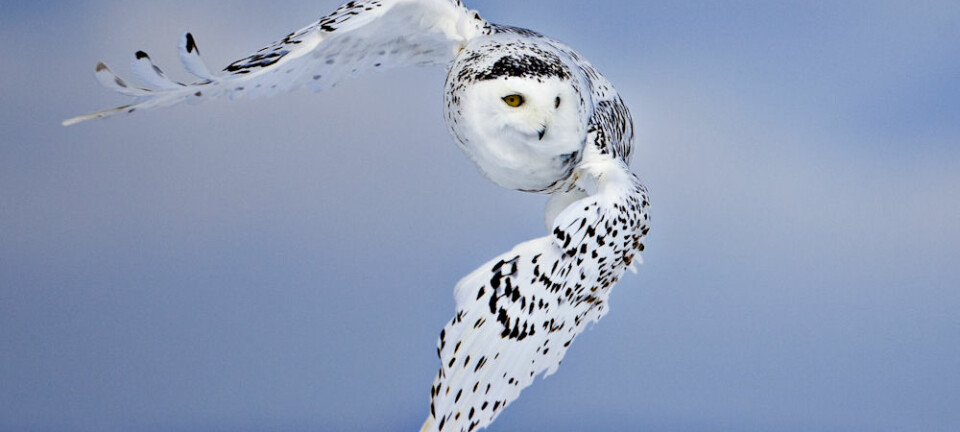Photos: Eye contact with Savannah animals
A new photo exhibition looks deep into the eyes of Africa’s wild animals.
After a year doing fieldwork in Africa, zoologist and nature photographer Mogens Trolle returned to Denmark armed with no less than 65,000 photos of Africa’s wildlife.
He has now picked out 65 photos of up-close and personal encounters with African animals, which are currently on exhibition at the Zoology Museum in Copenhagen.
Magic moments captured on camera
“Like humans, wild animals have a private sphere. Occasionally, we get close enough to observe and photograph them in their element, unaffected by our presence,” says Trolle, who works as a zoologist at the Natural History Museum of Denmark, but who spent 2013 stationed in South Africa, Namibia and Botswana.
“If you’re lucky, you may even make eye contact. It’s these magical moments, when you get a glimpse of the animals' ‘personality’, that I try to capture in my pictures.”
In the above photo gallery, you can see ten of the stunning photos from the Savannah.
----------------
Read the Danish version of this article at videnskab.dk
